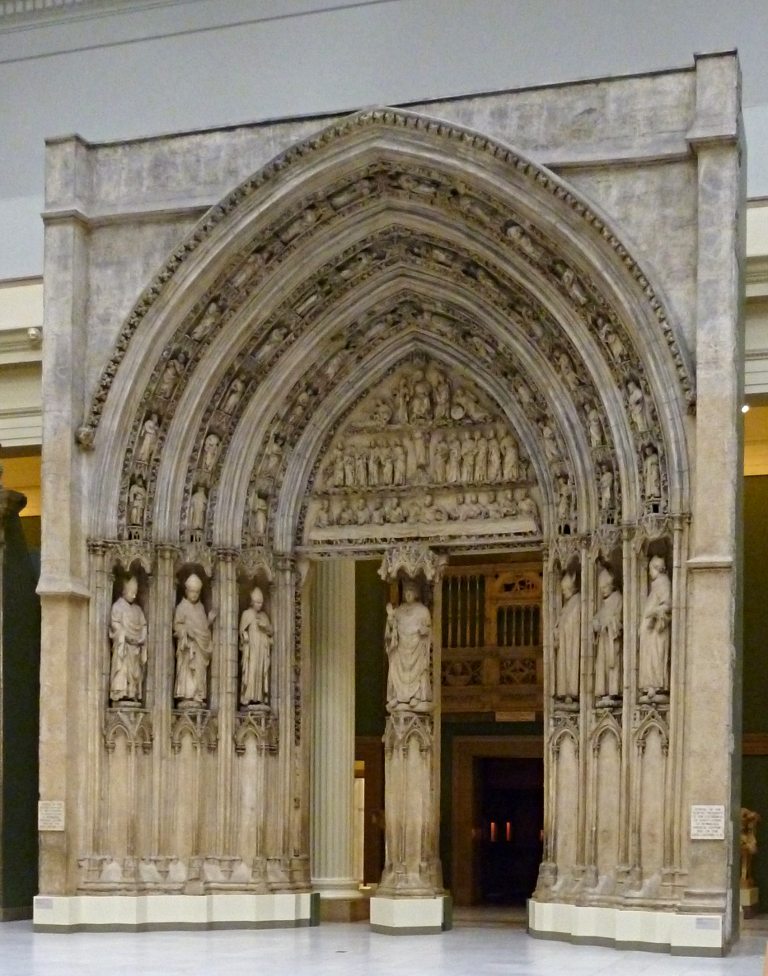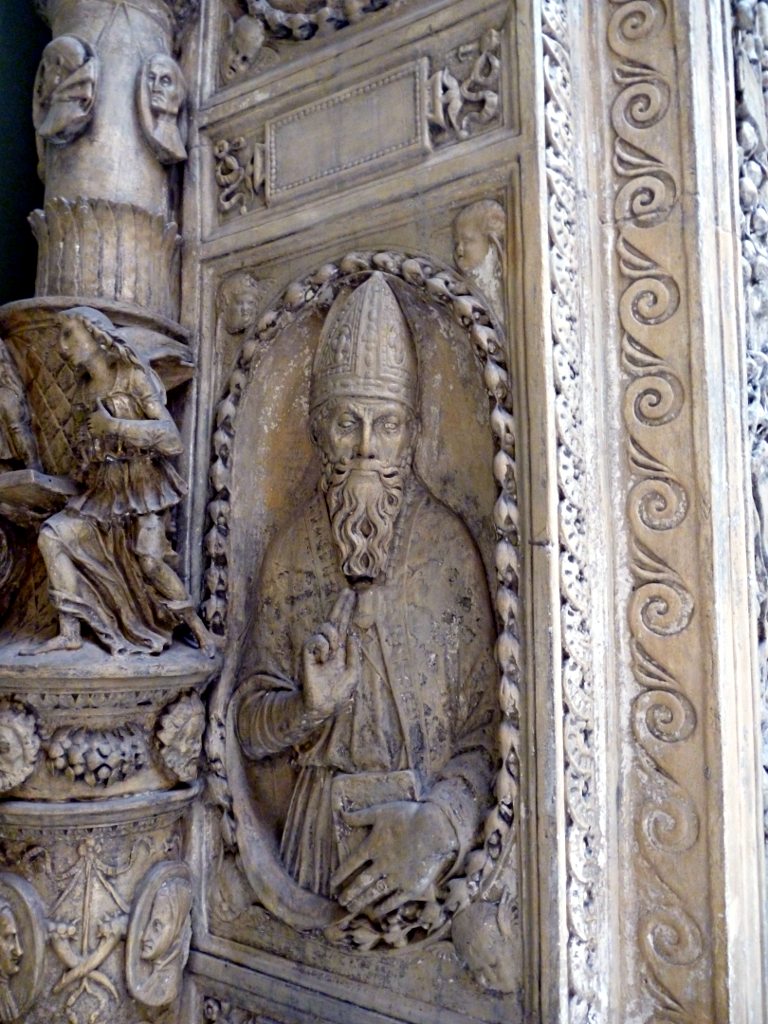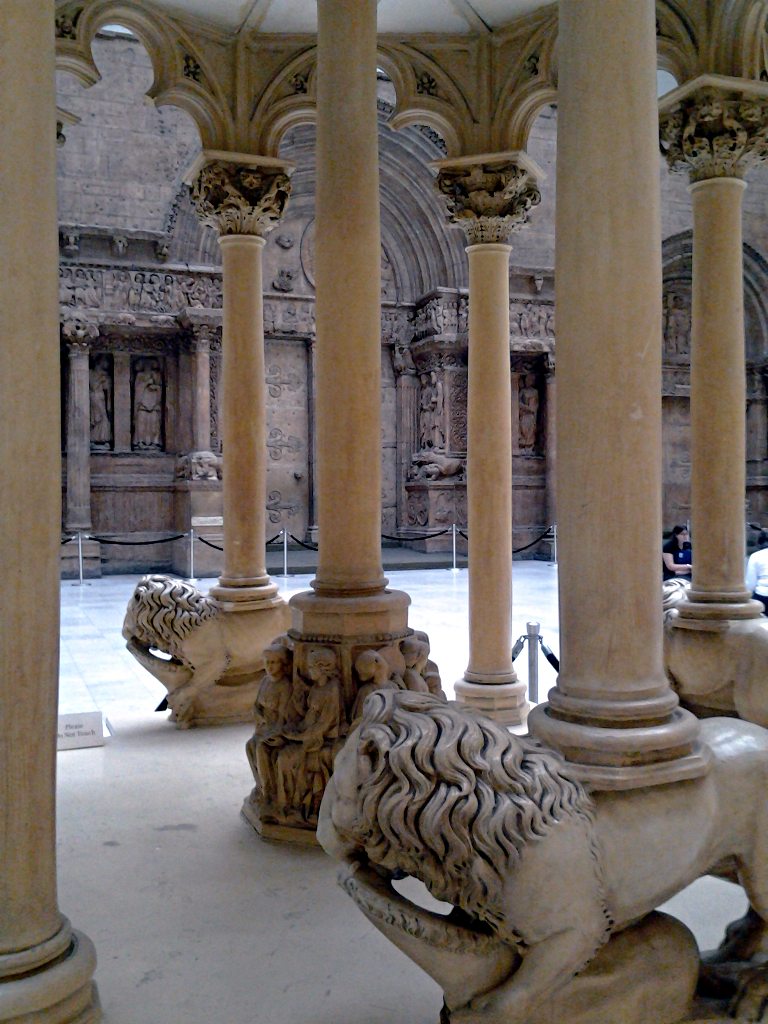
This is the most breathtaking single room in the Western Hemisphere. That statement is likely to provoke some opposition, but Father Pitt is willing to defend it.
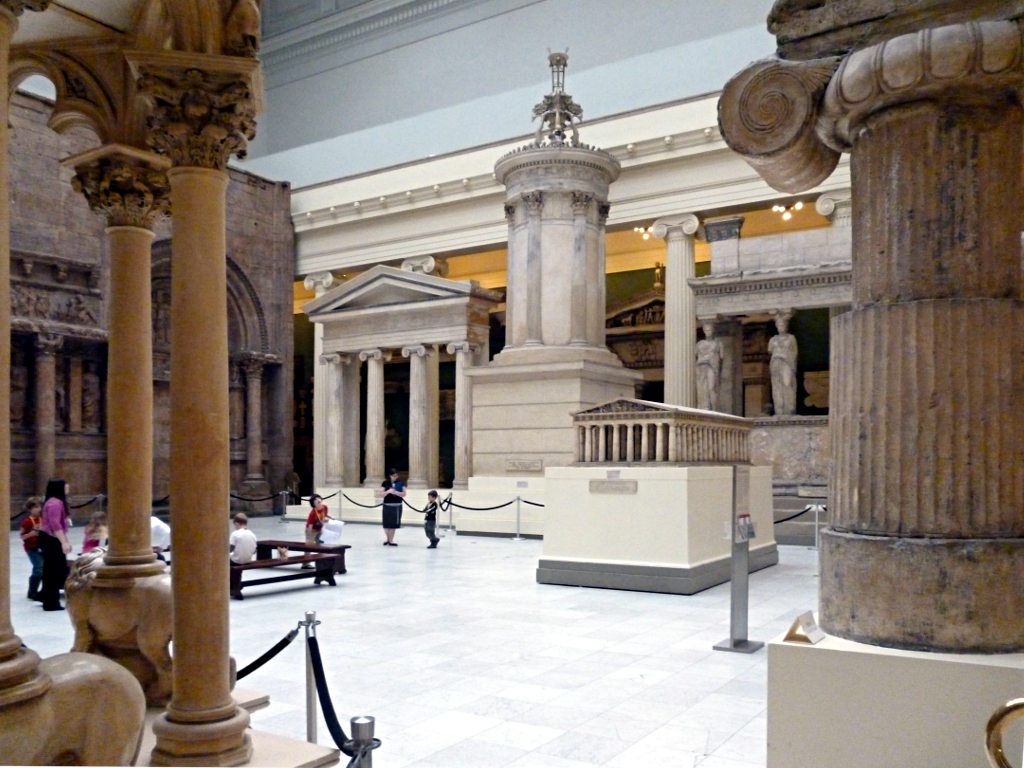
In the late nineteenth century, many museums collected plaster casts of the great monuments and sculptures of the past. The casting preserved the minutest details of the surface in three dimensions, so that a museum visitor can study every chisel mark on a famous Romanesque facade without having to hop on a steamer and travel to Europe.
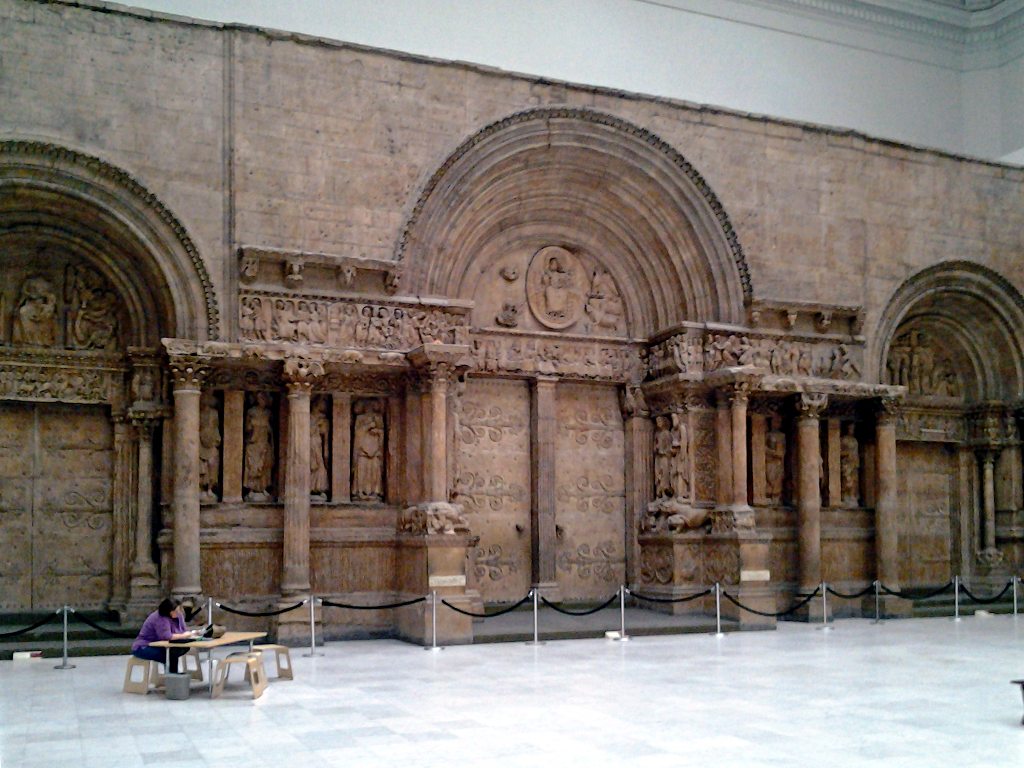
In the twentieth century, the cult of originality persuaded most museum curators that these plaster casts were worthless. Almost all the great collections were broken up and thrown out. Only three of them remain in the world, and only one of them—this one—is still in the space that was built to house it, never having been shuffled from one wing to another or stored for years under a highway overpass.
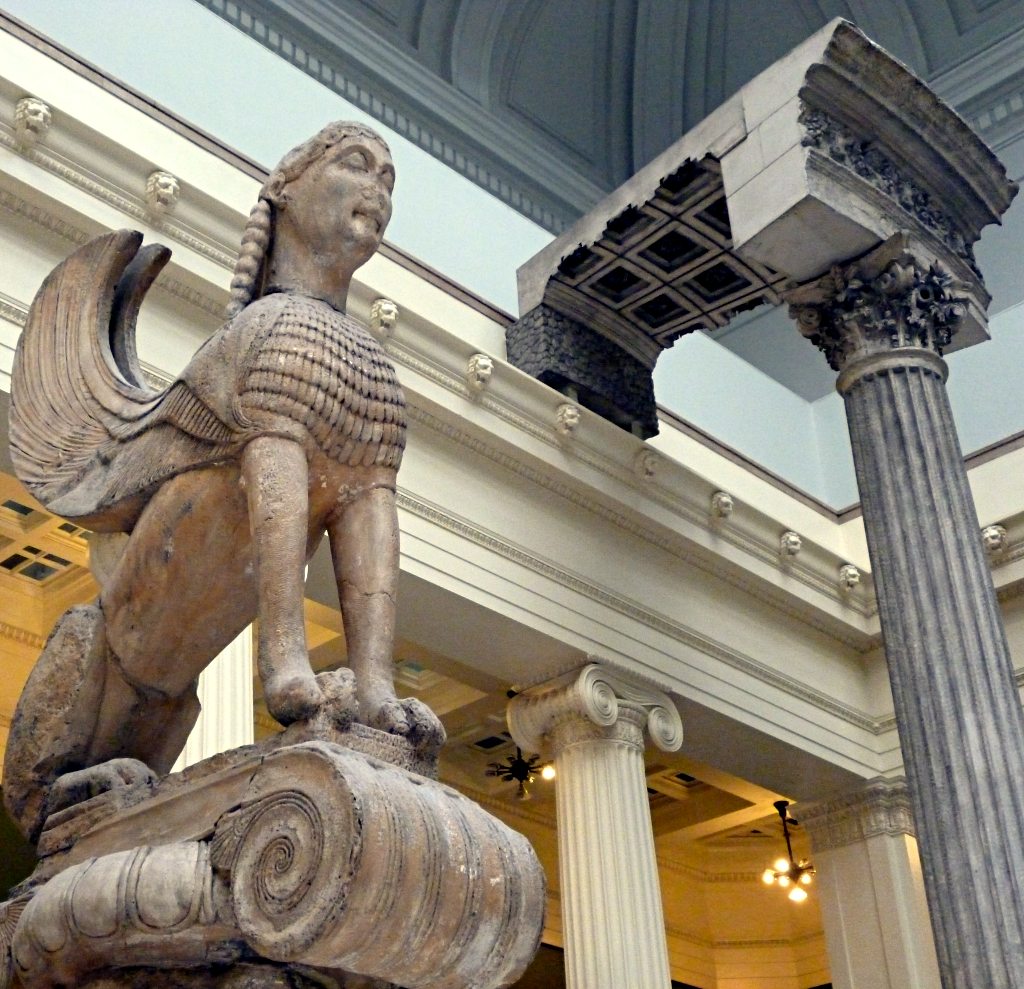
Now, at last, some of the more enlightened art historians are beginning to understand the value of the casts. Here a Pittsburgher can study the whole history of Western architecture from Egypt to the Renaissance without so much as crossing the Monongahela. But even more important is the fact that these casts are more than a century old. The twentieth century, with its corrosive pollution and horrendous wars, was more destructive to ancient monuments than any other century. But here we can see exact replicas of these monuments as they were before all the corrosion and destruction. This collection is a unique cultural treasure, worth crossing a continent or an ocean to see.
